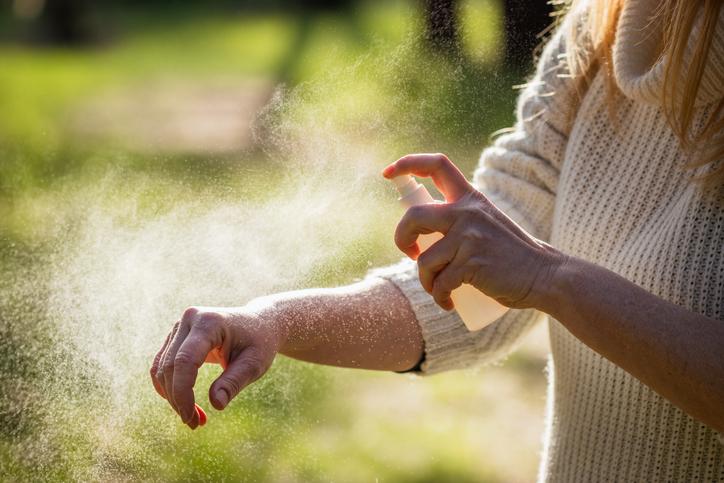16 мая 2025
Measles is Returning: Why is the Number of Infections Increasing?


16 мая 2025
Measles is Returning: Why is the Number of Infections Increasing?
## How is measles contracted?
The [measles](https://ul.orna.me/KOge/librarybiomarker?id=995) virus is transmitted by airborne droplets when an infected person breathes, coughs, sneezes, or talks. It can be contracted by sharing food, kissing, shaking hands, or hugging. The virus is also passed from mother to child during pregnancy, childbirth, and breastfeeding. People most at risk are those who:
- Have not been immunized against measles
- Have a [vitamin A](https://ul.orna.me/KOge/librarybiomarker?id=85) deficiency
- Have a weakened immune system
> Approximately 90 % of people who have not had measles or have not been vaccinated against measles become infected through contact with a person infected with Morbillivirus.
## What led to the outbreak?
Counting on collective immunity, vaccine opponents do not vaccinate themselves or their children. Fewer people getting vaccinated means higher chances of measles and other dangerous diseases returning to our lives.
The second important factor is ===active migration from developing countries where vaccination is poor. People move families, their children get into local children's collectives and create favorable conditions for the penetration of the virus.
## What are the symptoms?
The infection runs in stages for 2-3 weeks. For the first 10–14 days, the virus does not manifest itself in any way. The first signs of the disease include moderate fever, persistent dry cough, runny nose, sore throat and conjunctivitis. This phase of the disease lasts 2-3 days.
The acute phase is accompanied by red spots with white middles in the mouth on the inner surface of the cheeks. They disappear 3–5 days after the first symptoms, and then a small rash appears, which sometimes has convex red spots. At first rashes appear on the face, then spread throughout the body. At the same time, the temperature rises sharply, often to 104–106 °F. There may be diarrhea, vomiting, stomach and throat pain, muscle pain and headache.
The rash persists for about seven days. Coughing, darkening or peeling of the skin at the site of the rash can last up to ten days.
> A measles patient is contagious for about eight days: four days before the rash appears and four days after the rash appears.
## What are the dangers of measles?
The effects of measles can range from mild to life-threatening. They include diarrhea and vomiting, bacterial ear infection, bronchitis, laryngitis or inflammation of the respiratory tract, pneumonia, and encephalitis. Even after recovery, there remains a high risk of contracting other infections because measles destroys immune system cells.
Particular care should be taken by pregnant women, as measles can cause premature labor, low birth weight, and fetal death.
## What should I do if I get measles?
There is no cure for measles. Doctors usually prescribe medications to relieve symptoms, maintain immunity, and prevent complications. It is extremely important to isolate yourself as much as possible because measles is very contagious.
## Don't wait until you get sick
The main way to fight measles is through vaccination. It provides immunity and effectively prevents the disease. Measles vaccination is given at 12 months and six years of age, but can also be given as an adult. Side effects are usually minor and may include fever and pain in the arm where the shot was given
> Two doses of vaccines are 97 % effective and provide lifelong protection against measles. A small number of people who get measles after vaccination have mild symptoms.













